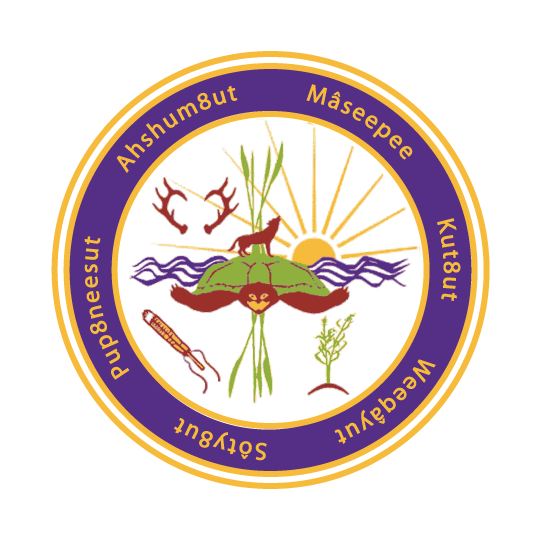The Mashpee Wampanoag Tribe Emergency Management Department received a notice in the month of January 2020 that the Tribal Multi-Hazard Mitigation Plan was approved by the Federal Emergency Management Agency (FEMA). This very important plan has been under way for over the past four years. The process began with applying for and receiving a FEMA planning grant in 2016 by the Mashpee Wampanoag Tribe Emergency Management Director Nelson Andrews Jr. Following the award approval, the planning process commenced and through years of risk assessments, research, writing and hard work which also involved the establishment of a hazard mitigation planning committee, the last step was to hire a contractor, conduct community workshops submit the draft to FEMA and receive Tribal Council approval as the final step.
Hazard mitigation is defined by the Federal Emergency Management Agency (FEMA) as “any sustained action taken to reduce or eliminate long-term risk to human life and property from a hazard event.” The results of a three-year, congressionally mandated independent study to assess future savings from mitigation activities provides evidence that mitigation activities are highly cost-effective. On average, each dollar spent on hazard mitigation saves the nation an average of $6 in future disaster costs in addition to saving lives and preventing injuries (National Institute of Building Science Multi-Hazard Mitigation Council 2017).
Hazard mitigation planning is the process of determining how to reduce or eliminate the loss of life and property damage resulting from natural, human-caused, and technologic hazards such as floods, earthquakes, hurricanes, biological, chemical, or infrastructure failure. Hazard mitigation means to permanently reduce or alleviate injuries or the loss of life and property resulting from multi-hazards through long-term strategies. These long-term strategies include planning, policy changes, programs, projects, and other activities.
A primary benefit of hazard mitigation is that preventative measures taken now can significantly reduce the cost of post-disaster cleanup tomorrow. In addition, mitigation actions conducted before hazards occur greatly reduces the impact and costs associated with the aftermath of a hazard event. By planning, the Tribe will minimize the economic and social disruption that can result from floods, snowstorms, and hurricanes and other natural disasters.
Emergency Management Director, Andrews stated “The Tribes Multi-Hazard Mitigation Plan is the most important plan that a tribe can have as we now meet the requirements to officially request a presidential declaration if ever needed for Public Assistance permanent work or Hazard Mitigation under a major disaster declaration, in addition to being allowed to apply for federal grant hazard mitigation funding which has was recently applied for following notification of the plans approval”



